Today, Leica has released the D-Lux 7, their next generation compact digital camera. Featuring the same solid, ergonomic body and fast 24-75mm (equiv) f/1.7-2.8 lens as the popular D-Lux (Typ 109), the D-Lux 7 ups the image quality with a brand new 17 megapixel Micro Four Thirds MOS variable aspect ratio sensor. The new sensor offers improved low light capability, around 50% more resolution and, with no optical low pass (AA) filter, sharper, more detailed images. An improved 1.24 million dot 3-inch touchscreen allows for easy, intuitive camera control.
Unlike its predecessor, the D-Lux 7 no longer comes solely in black. Instead, the D-Lux goes more for a classic Leica iconic silver on black aesthetic. While some might lament the lack of a stealthy all-black model, the camera in silver looks sharp and crisp, and feels very premium in the hand. It really is one of the nicest compacts I've seen in quite a while.
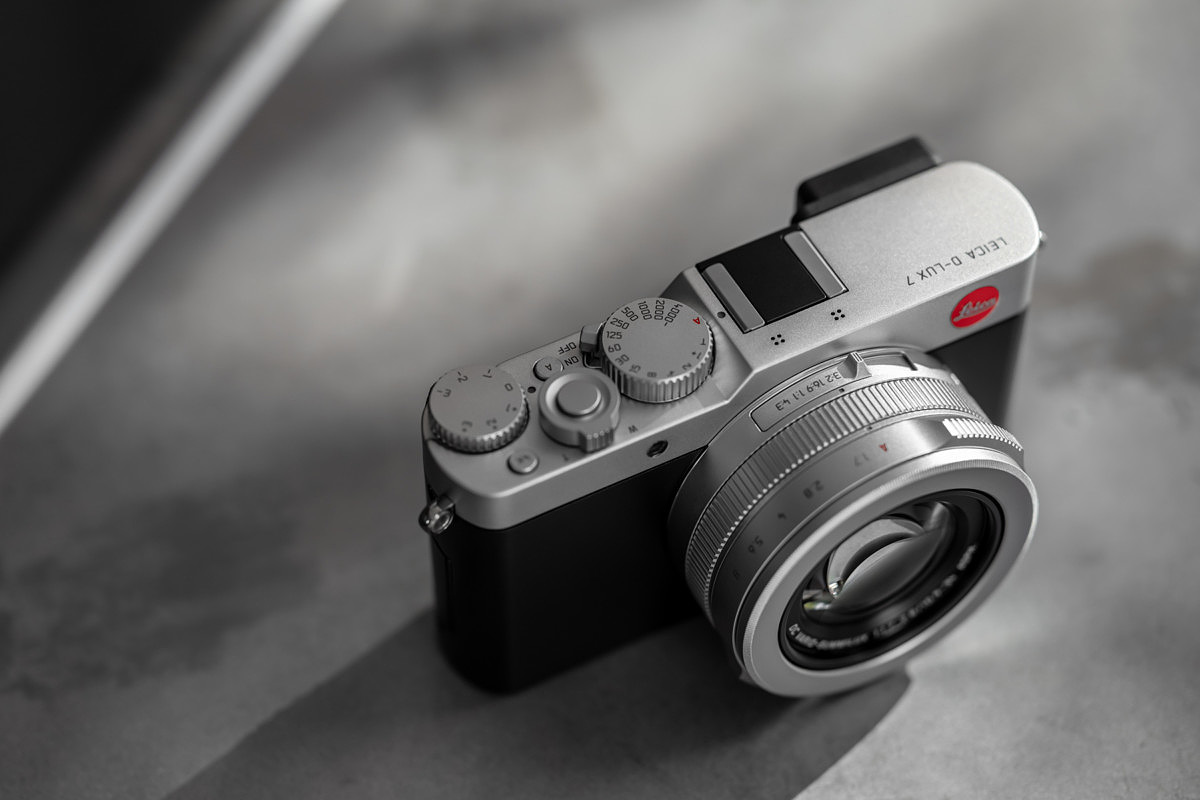
The D-Lux 7 follows suit with the D-Lux 109 before it, offering up a full range of manual controls without having to dig through menus. On the lens is an aperture ring, a multi-use ring which can be set to focus or zoom, and an aspect ratio switch. On top, a shutter speed dial, exposure compensation dial, and shutter release complete the tactile interface. Here, Leica has kept the best parts of the 109.
Likewise, the stellar 24-75mm (equivalent) f/1.7-2.8 from the previous generation finds its way to the D-Lux 7. And you won't get any complaints from me. Close focusing, fast aperture, great everyday zoom range, optical image stabilization and quick AF add up to a very usable optic. Paired with the higher resolving sensor, the lens is really able to shine detail-wise. An electronic shutter up to 1/16,000 lets you shoot that DC-Vario-Summilux wide open even in the brightest of sunny days so you never have to give up that Leica bokeh.
Taking a look at the back of the camera, the rear LCD is much sharper than the 109, now sporting 1.25 million pixels, as well as featuring touch functionality. The controls are mostly the same as the D-Lux 109, with an almost identical interface. The rear thumb rest has been extended for a much more stable grip. The built-in EVF sports 2.76 million dot resolution in a wide aspect ratio display. Viewing on the screen and in the finder are clear, detailed and responsive. A -4 to +3 diopter wheel adjustment is located just to the right of the eyecup and the camera uses an eye sensor to switch automatically between LCD and EVF. To manually control, you can simply press the EVF button to toggle between settings.
On top of the camera, we see some subtle changes. The shutter release button is now in line with the rest of the Leica lineup, with a more raised and tactile experience. The F button from the D-Lux 109 has been replaced with a 4K one. Many of the D-Lux 7’s features come with its exceptional video performance. Capable of high quality 4K video recording at 24 or 30 fps, the camera also has some unique hybrid capture settings.
By pressing this button, you can take a 30 frame burst and select your favorite moment in 4K Photo Mode. Similarly, pressing the PF button on the rear of the camera activates Post Focus mode, where the camera will take a burst as it racks focus through your image. This allows you to select a focus point after you take the picture. Another innovative feature is Focus Stacking, which assembles all the captures into one image for improved depth of focus. And while these modes are certainly great ways to guarantee you get the right moment or right focus for can't-miss situations, you will sacrifice a bit on the pixels. Because these modes take advantage of 4K video, you'll be getting a still image from this sequence, which comes in at 8 megapixels.
Like all current generation Leica cameras, the D-Lux 7 is completely compatible with the new Leica FOTOS mobile app. Just scan the QR code displayed on the rear LCD with your phone and you're good to go.
Accessories
Just like its predecessor, the D-Lux has no built-in flash unit. So, a small hotshoe-mount flash is included with the camera. This flash is powered by the camera's battery.
To add a personal touch to the camera, the D-Lux 7 is launching with a nice assortment of full cases, half cases, wrist straps and neck straps. All will be available in brown, red or black leather. You can find all the choices here: D-Lux 7 Cases and Straps
Because it shares so much in common with the D-Lux 109, most of the accessories for the previous camera will work perfectly with the new D-Lux 7. Specifically, the camera uses the same BP-DC15-U rechargeable Li-Ion battery and same BC-DC15 charger. The D-Lux 7 can also charge directly via micro USB.
One of our favorite accessories for the D-Lux is the Nitecore dual battery USB charger. While the D-Lux 7 now includes built-in USB charging, you won't be able to use the camera while charging up a dead battery. The Nitecore charger, on the other hand, allows you to charge up two extra batteries, one on each side of the charger, at the same time. It plugs in using a standard USB Type A port, and can charge off a wall adapter like you use for your phone, from your computer, in the car, or from a mobile juice pack. Additionally, the Nitecore chargers feature a handy display to show exact battery level, health status and input amperage. We love these!
And for those who loved the auto cap on the D-Lux 109, fear not, Leica has a matching silver Auto Cap for the D-Lux 7.
Pricing and Availability
The Leica D-Lux 7 is available starting immediately from Leica Store Miami for a price of $1,195. You can order by clicking the link below, emailing info@leicastoremiami.com, or calling 305-921-4433.
Tech Specs
| Camera | Leica D-Lux 7 |
| Lens | Leica DC Vario-Summilux 10.9-34 f/1.7-2.8 ASPH., 35mm camera equivalent: 24 – 75mm, |
| Aperture range | f/1.7 – 16 / 2.8 – 16 (at 10.9 / 34mm) |
| Optical Image stabilization | Optical compensation system |
| Digital zoom | Max. 4x |
| Focusing range | |
| AF | 0.5m / 1´6“ to ∞ |
| AF Macro / MF / Snapshot Modes / Motion Pictures | Maximum wideangle setting: 3cm / 13/16“ to ∞ Maximum telephoto setting: 30cm / 117/8“ to ∞ |
| Image sensor | 4/3“ MOS sensor, total pixel number: 21,770,000, effective pixels: 17,000,000, primary color filter |
| Minimum Illuminance | approx. 5 lux (when i-Low light is used, the shutter speed is 1/30 s) |
| ISO Range | ISO 200 – 25,600 |
| Low pass filter | None |
| Shutter system | Electronically and mechanically controlled |
| Shutter speeds | |
| Still pictures | T (max. approx. 30min), 60 – 1/4000 s (with the mechanical shutter) 1 – 1/16000 s (with the electronic shutter function) |
| Motion pictures | 1/25 – 1/16000 s (When [4K/100M/24p] is set in [Rec Quality]) 1/2 – 1/16000 s (When Manual Exposure Mode is set and [MF] is selected) 1/30 – 1/16000 s (Other than the above) |
| Continuous recordable time: | |
| Series exposure | |
| Continuous series exposure frequency | Electronic / mechanical shutter: 2fps (L) / 7fps (M) / 11fps (H) |
| Number of serially recordable pictures | With RAW files: 32 or more* Without RAW files: 100 or more* * Based on CIPA standards and a card with a fast read/write speed |
| Exposure | |
| Exposure control modes | Program (P), Aperture-priority (A), Shutter-priority (S),Manual setting (M) |
| Exposure compensation | ±5EV in 1/3 EV steps (±3EV dial setting range) |
| Exposure metering modes | Multi-zone, center-weighted, spot |
| Recording file formats | |
| Still pictures | RAW/JPEG (based on “Design rule for Camera File system” and on the “Exif 2.31” standard) |
| Motion pictures (with audio) | [MP4] 3840×2160/30p (100 Mbit/s) 3840×2160/24p (100 Mbit/s) 1920×1080/60p (28 Mbit/s) 1920×1080/30p (20 Mbit/s) 1280×720/30p (10 Mbit/s) |
| Audio recording format | AAC (stereo) |
| Monitor | 3.0“ TFT LCD, resolution: approx. 1,240,000 dots, field of view: approx. 100%, aspect ratio: 3:2, touch screen functionality |
| Viewfinder | 0.38“ LCD viewfinder, resolution: approx. 2,760,000 dots, field of view: approx. 100%, aspect ratio: 16:9, with diopter adjustment -4 to +3 diopters, Magnification: approx. 0.7x (35mm camera equivalent), eye sensor |
| Flash | |
| CF D | External flash unit (included in scope of delivery) |
| Attachment | In the camera’s hot shoe |
| Guide number | 10 / 7 (with ISO 200 / 100) |
| Flash range (with ISO AUTO and no ISO limit set) | Approx. 0.6 – 14.1m/2 – 46´ / 0.3 – 8.5m/1 – 27 (at shortest / longest focal length) |
| Illumination angle | Matched to cover the lens’ shortest focal length of 10.9mm |
| Flash modes (set on camera) | AUTO, AUTO/Red-Eye Reduction, ON, ON/Red-Eye Reduction, Slow Sync., Slow Sync./Red-Eye Reduction, OFF |
| Dimensions (W x H x D) | Approx. 31 x 41.5 x 30mm / 17/32 x 15/16 x 111/64“ |
| Weight | Approx. 25g / 0.05lb |
| Microphones | Stereo |
| Speaker | Monaural |
| Recording media | SD / SDHC* /SDXC* memory cards, (*UHS-I/UHS Speed Class 3) |
| Wi-Fi | |
| Compliance standard | IEEE 802.11b/g/n (standard wireless LAN protocol) |
| Frequency range used (central frequency) | 2412- 2462MHz (1 to 11ch), maximum output power: 13dBm (EIRP) |
| Encryption method | Wi-Fi compliant WPA™ / WPA2™ |
| Access method | Infrastructure mode |
| Bluetooth function | |
| Compliance standard | Bluetooth Ver. 4.2 (Bluetooth low energy (BLE)) |
| Frequency range used (central frequency) | 2402 to 2480MHz, maximum output power: 10dBm (EIRP) |
| Operating | |
| temperature/humidity | 0 – 40°C (32 – 104°F) / 10 – 80% RH |
| Power Consumption | 2.1W/2.8W (When recording with monitor/viewfinder) 1.7W/1.9W (When playing back with monitor/viewfinder) |
| Terminals / Interfaces | [HDMI]: Micro HDMI Type D [USB/CHARGE]: USB 2.0 (High Speed) Micro-B |
| Dimensions (W x H x D) | approx. 118 x 66 x 64mm / 421/32 x 241/64 x 29/16“ |
| Weight | approx. 403g/14,2 oz / 361g/12,7 oz |
Press Release
LEICA D-LUX 7: COMPACT SIZE MEETS HIGH PERFORMANCE
Leica Camera AG presents a new model in the Leica D-Lux line. The high-performance compact camera features a fast Leica DC Vario-Summilux 10.9–34 mm f/1.7–2.8 ASPH. zoom lens (equivalent to 24–75 mm in 35 mm format) that, in combination with the camera’s new, higher-resolution four-thirds sensor, delivers outstanding picture quality in all shooting situations. A performance profile extended by numerous new functions and features such as a touchscreen display, Bluetooth connectivity and USB-C charging capability makes the new Leica D-Lux 7 an ideal everyday companion and an extremely versatile camera that offers a maximum of photographic freedom for capturing unique moments in impressive picture quality.
The familiar comprehensive features package of the Leica D-Lux line, with automatic exposure mode, manual setting options and a range of video functions, is ideally complemented by an integrated, 2.8-megapixel high-resolution electronic viewfinder, a WiFi module and Bluetooth connectivity. On the back of the Leica D-Lux 7, a 1.24-megapixel 3“ LCD touchscreen display not only makes the assessment of pictures much easier, but also allows fingertip control of the camera. For example, in addition to menu control, the focusing point can be set with a simple tap on the screen and pictures can be taken without having to touch any of its other controls.
The Leica DC Vario-Summilux 10.9–34 mm f/1.7–2.8 ASPH. zoom lens of the Leica D-Lux 7 (equivalent to 24–75 mm in 35 mm format) is perfectly matched to the camera’s new sensor. The fast initial aperture and the range of focal length make the camera particularly versatile in every situation – from portraits and landscapes to architecture, macro close-ups and street photography. With its 17-megapixel resolution and a maximum ISO sensitivity of 25600, the four-thirds sensor of the Leica D-Lux 7 is also ideal for capturing memorable moments in low ambient light in highest-quality pictures with natural colours and fine rendition of details.
Improvements to the camera’s hardware also include various additions to its range of functions. For example, the focus point of an exposures can be changed after shooting, or several exposures with different focus points can be superimposed on each other and merged with the aid of Focus Stacking, for instance to create a greater depth of focus in macro exposures. The camera’s capabilities have also been expanded to include video recording in 4K resolution – at a frame rate of up to 30 frames per second and 100 Mbit and in MP4 and AVCHD-format.
The Leica D-Lux 7 is the first camera of the D-Lux line that can be used together with the free Leica FOTOS App. This enables remote control of the camera from a smartphone and fast and easy wireless transfer of pictures from the Leica D-Lux 7 to iOS or Android devices for assessment. Photographers can then make use of numerous options for sharing their pictures directly in social media or after processing them with an image editing or postprocessing app.
As perfect complements to the classic looks of the Leica D-Lux 7, its users can choose from a collection of equally stylish and practical accessories such as exquisite cases, high-quality carrying straps and a practical handgrip.

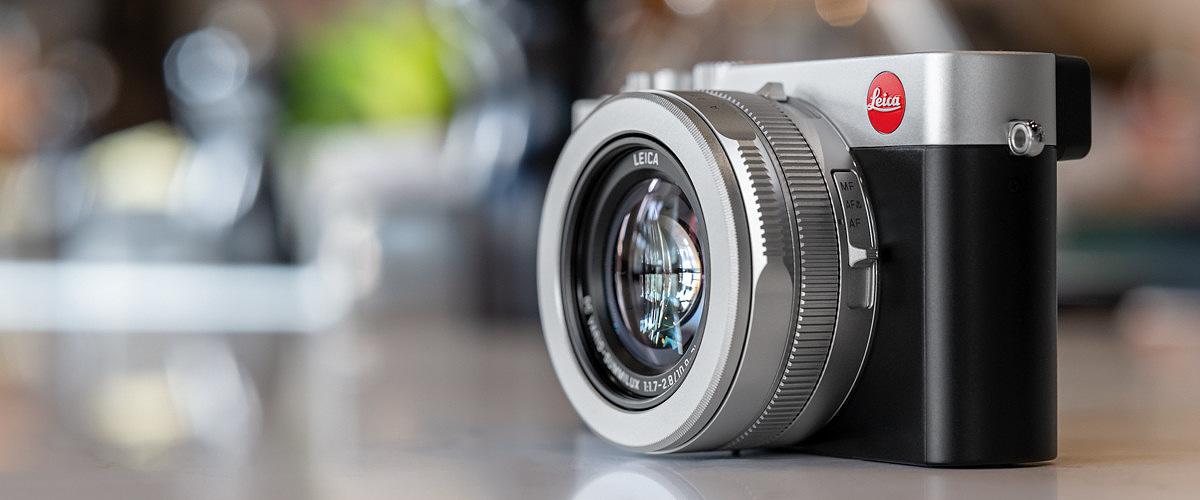
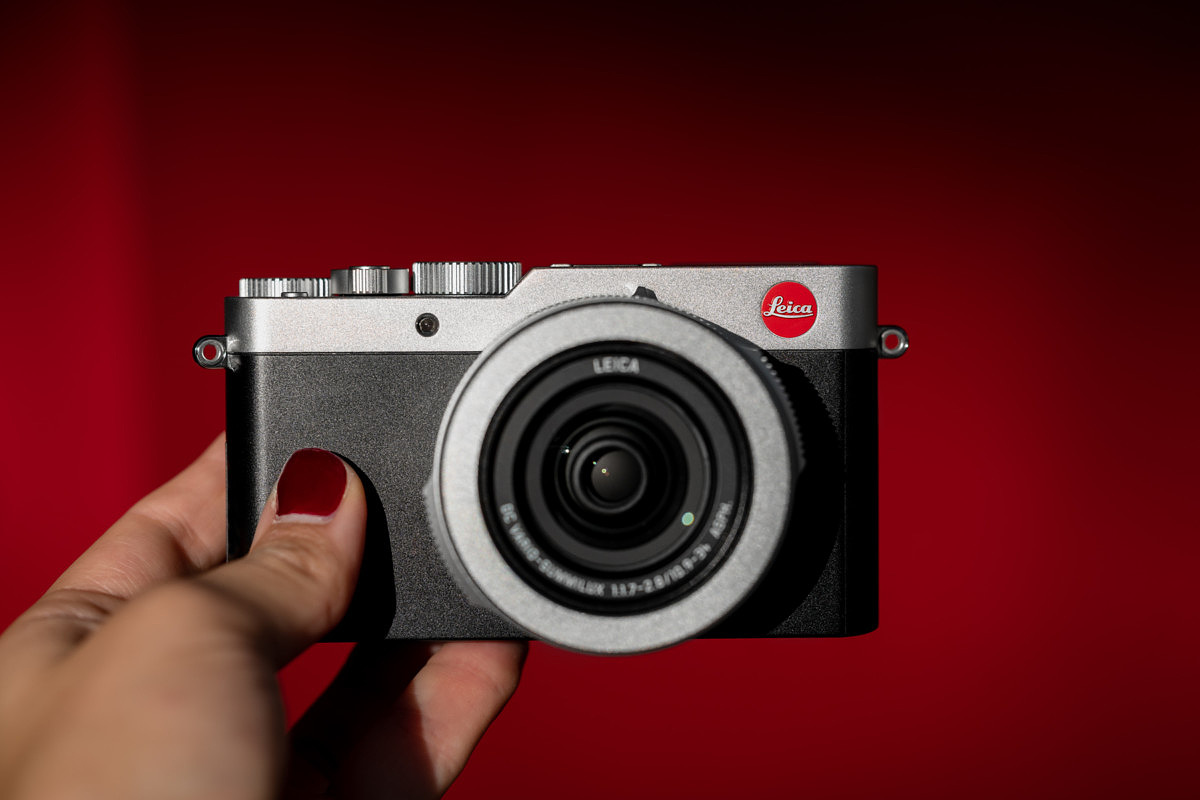
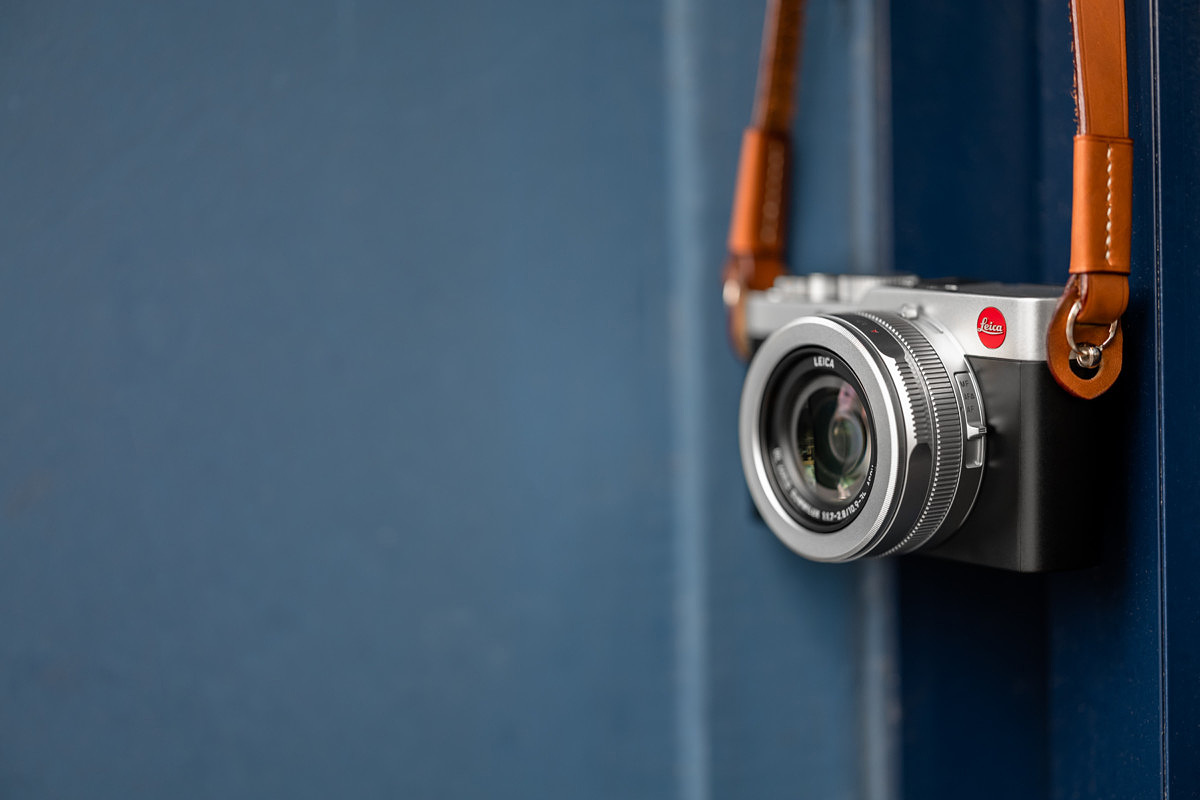
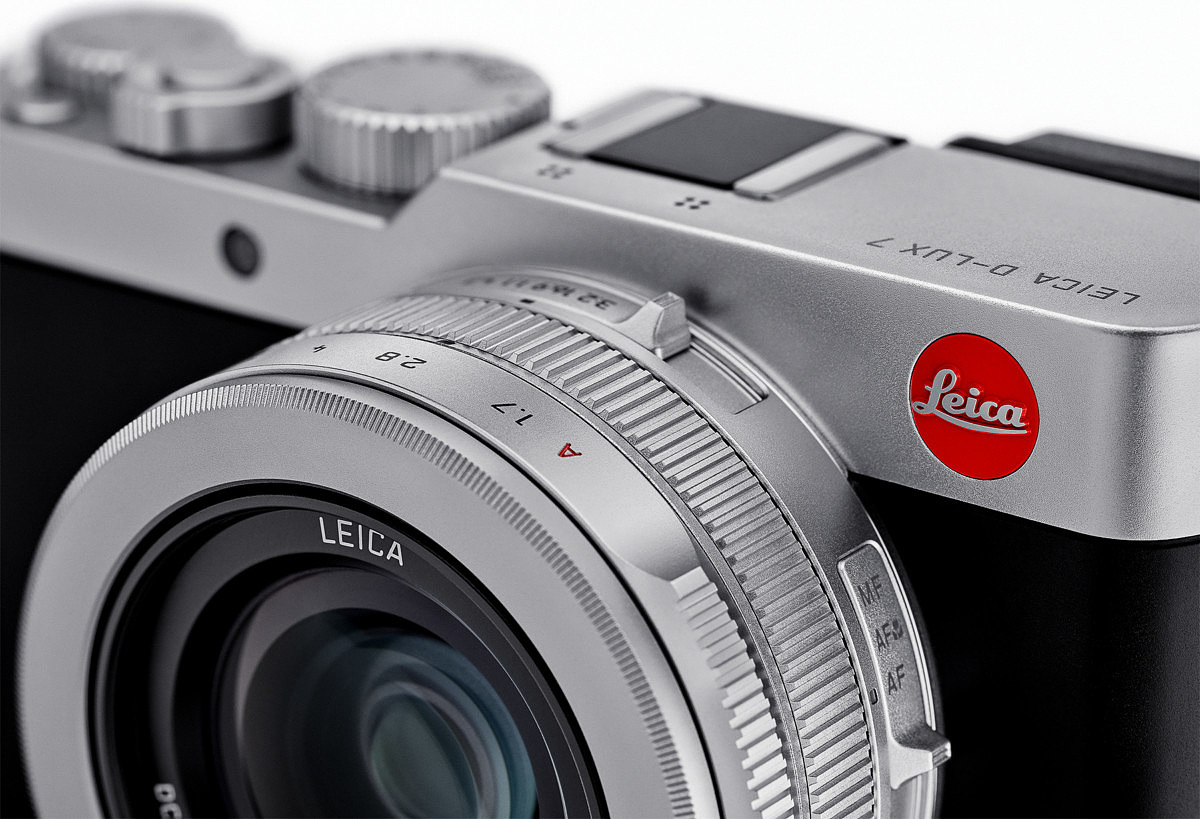
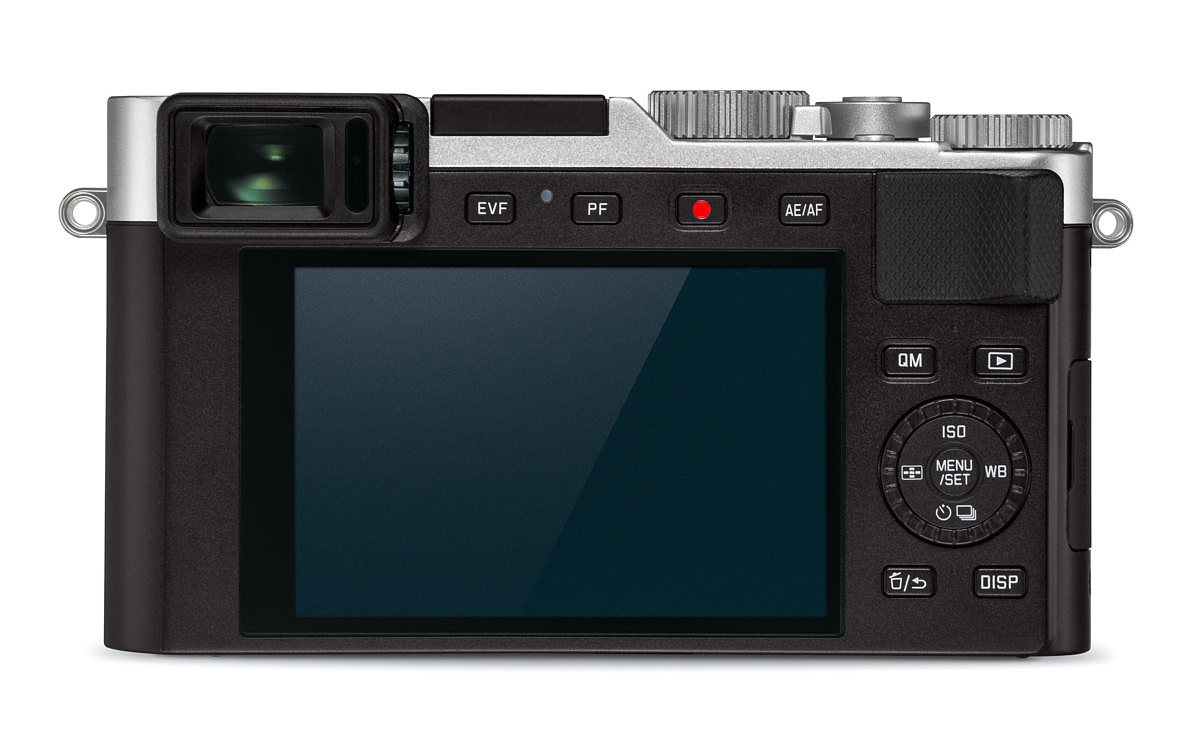
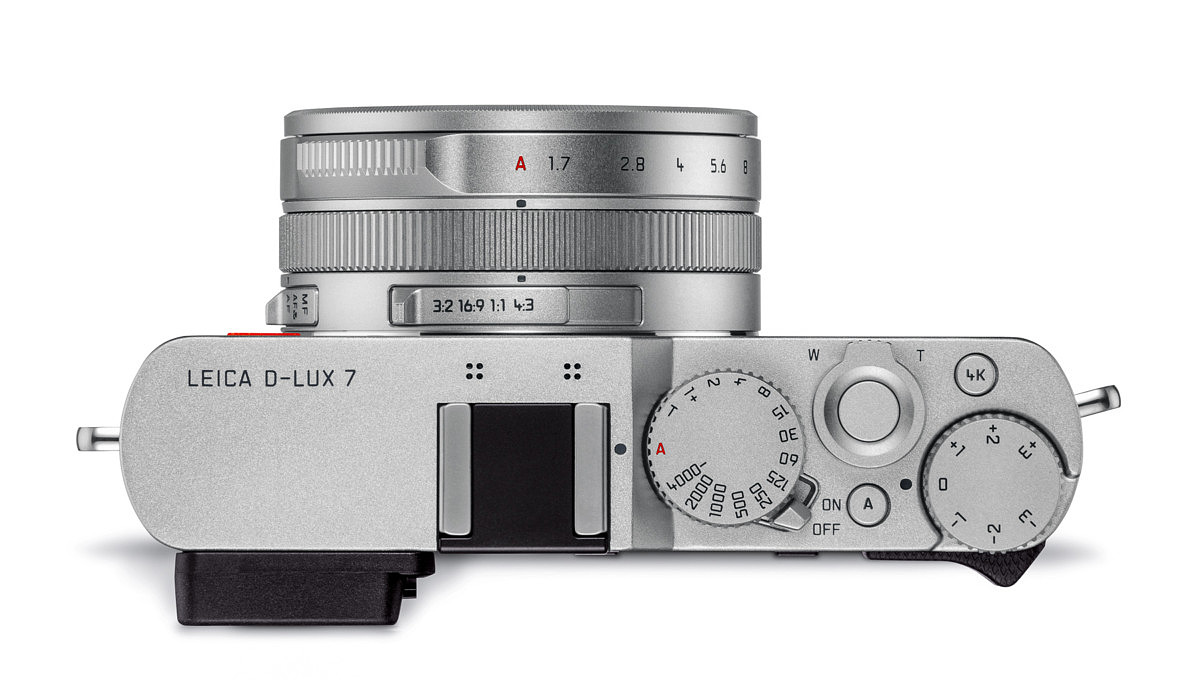
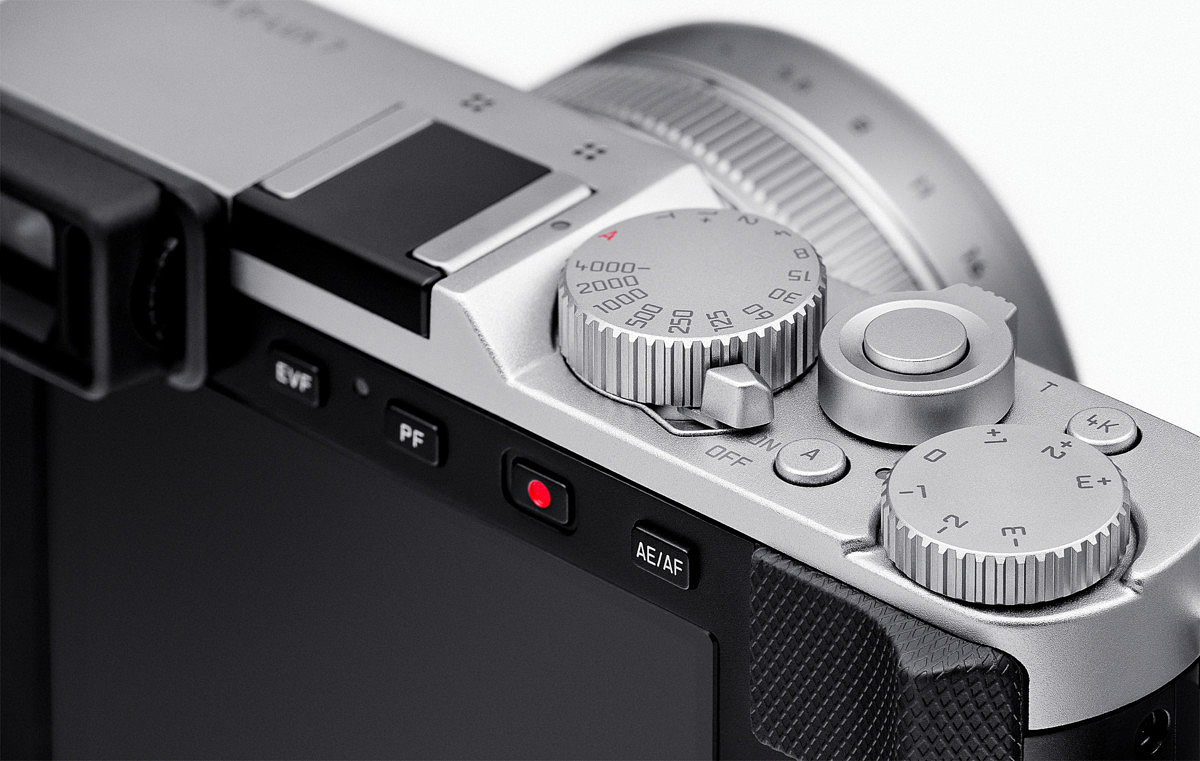
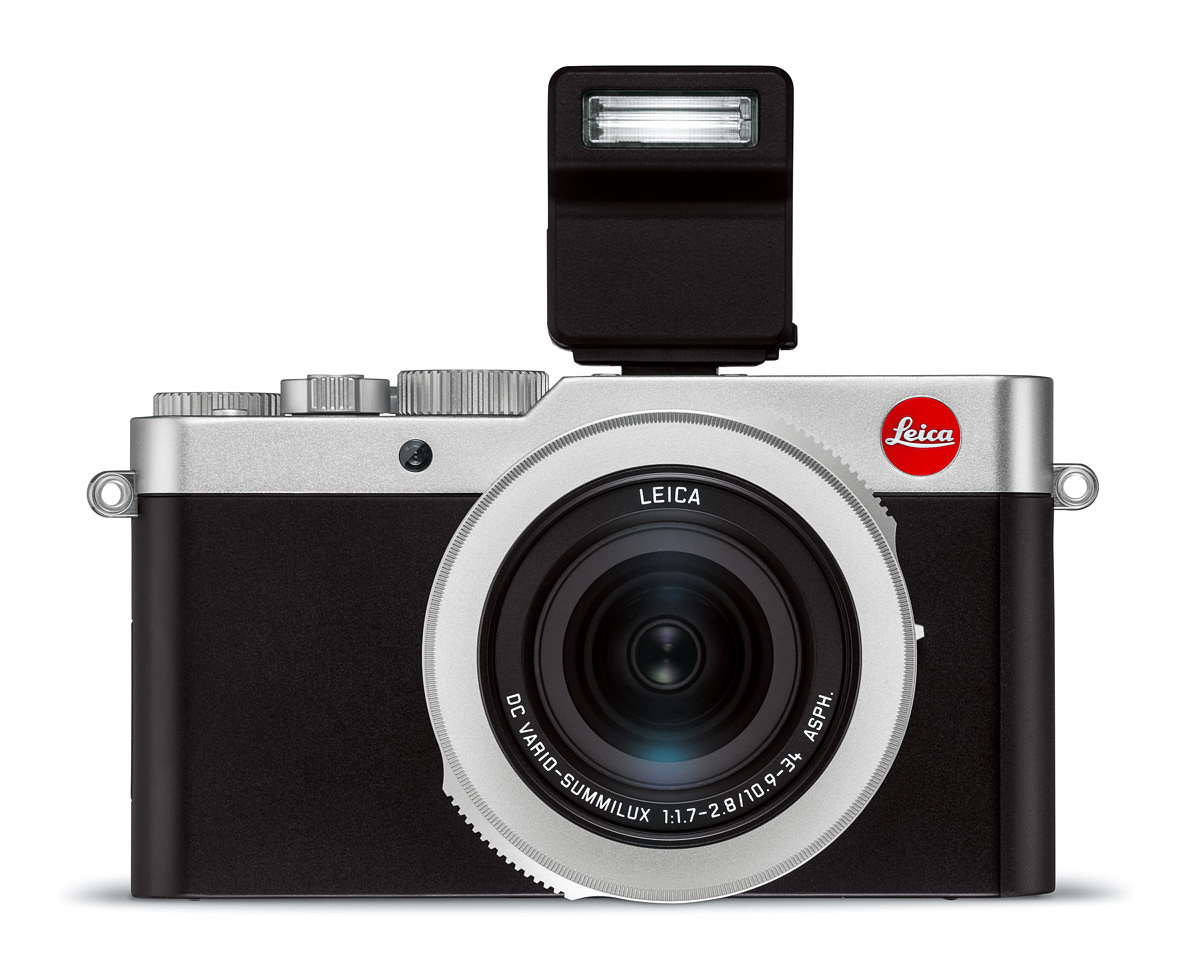
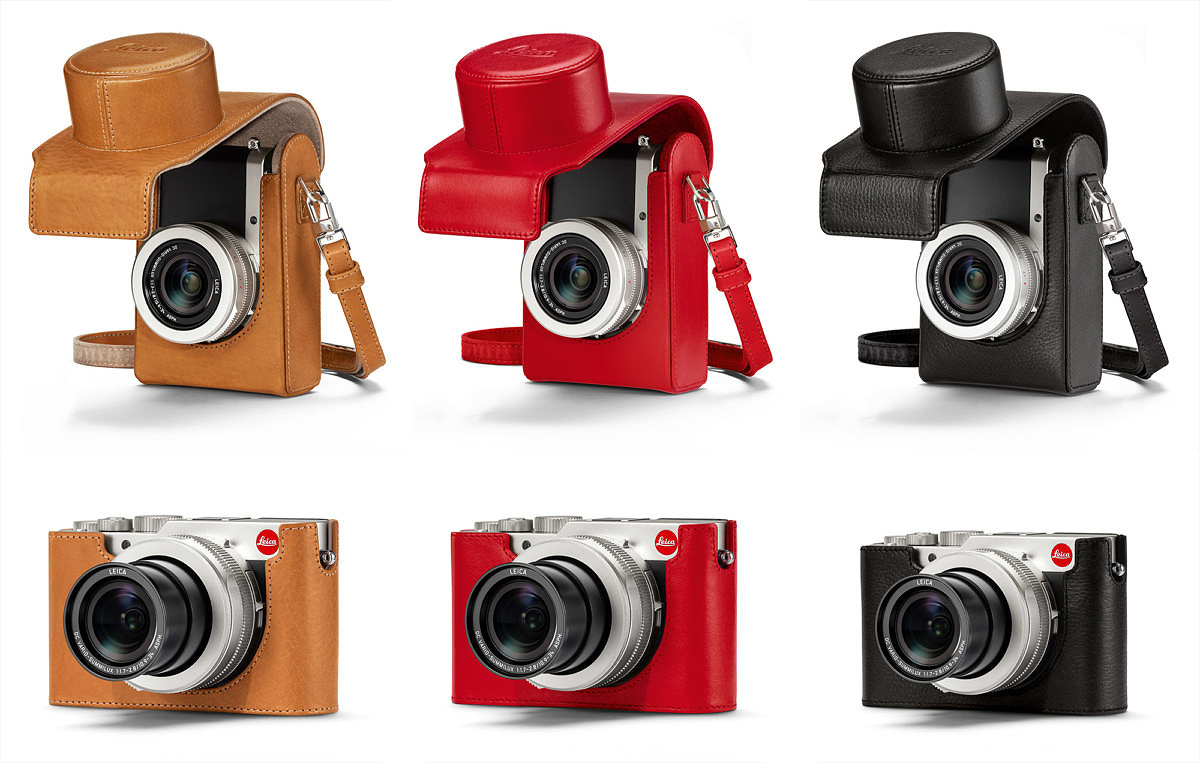
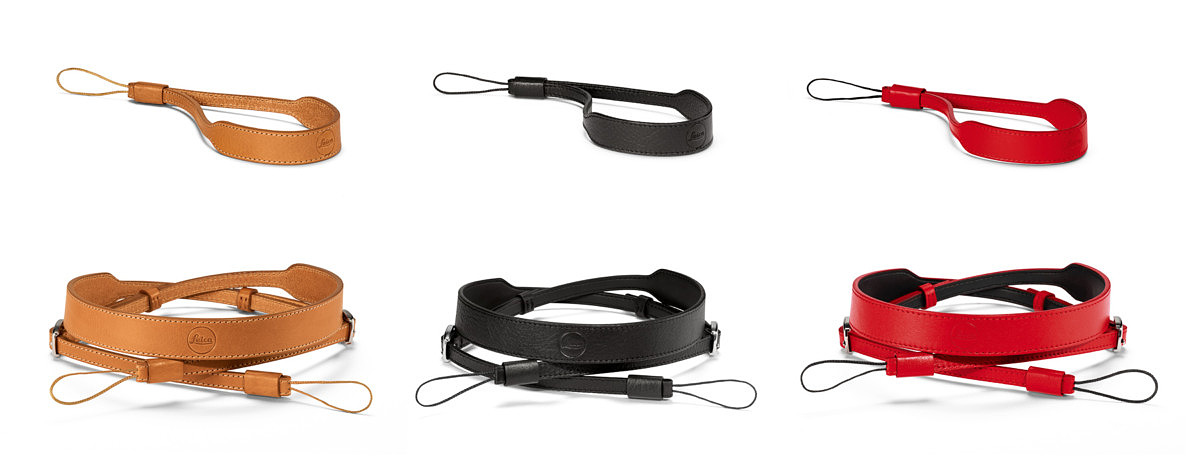
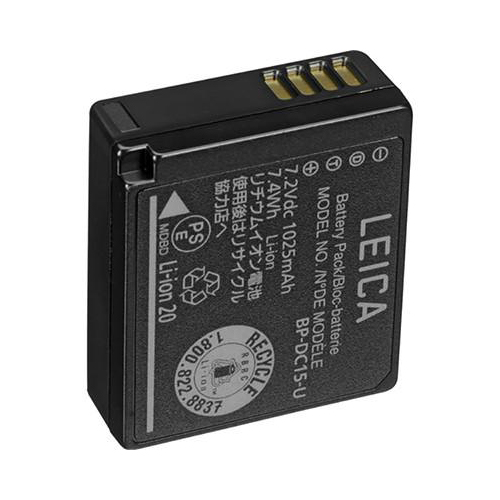
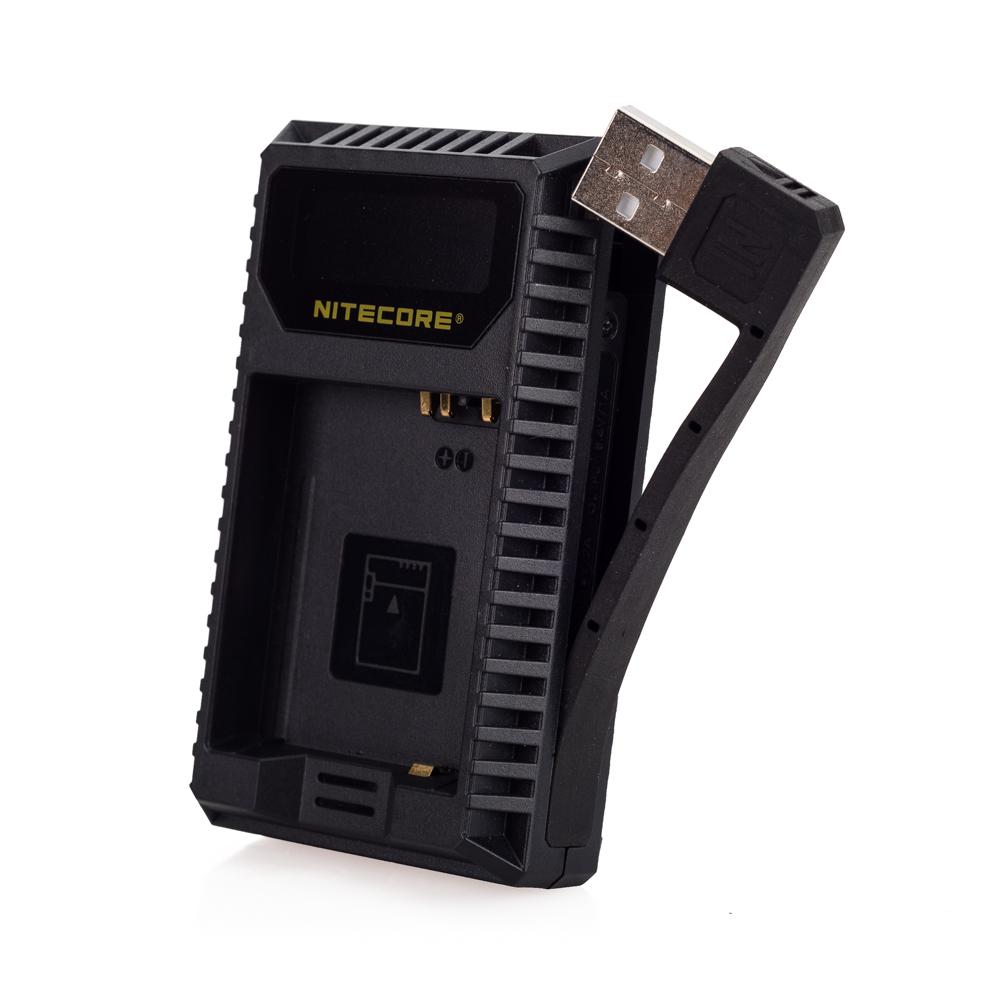
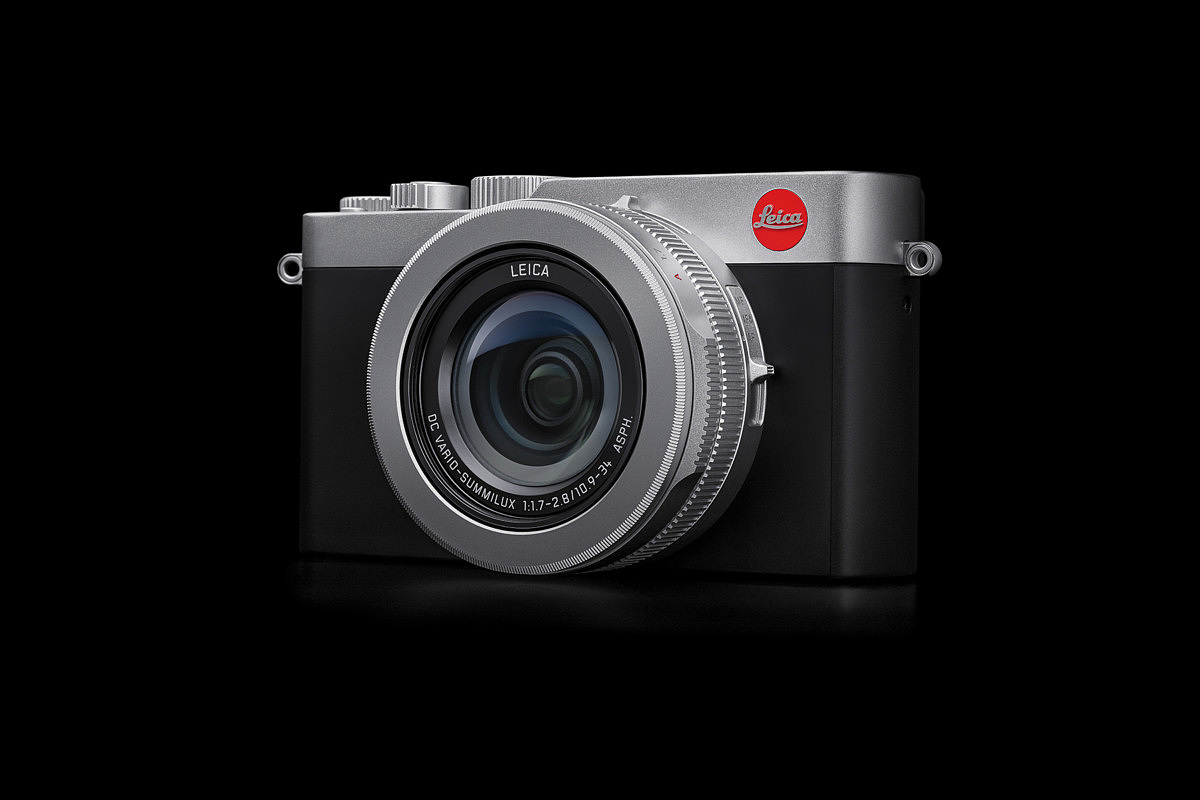
The previous version of this camera came with a Lightroom license, which was at the time worth over $100. There’s no mention of how or why this was removed, or of Adobe’s new, perpetual, pricing structure. I find this disingenuous. Please do better.
Adobe’s move to monthly license fees for Creative Cloud was the reason why Lightroom licenses are no longer included in any Leica camera. Previously, Adobe was supporting both CC subscriptions as well as paid-in-full standalone licenses. Leica was able to purchase these in bulk to provide with cameras. But, Adobe ceased supporting standalone editions, resulting in older versions like LR6 not supporting RAW files from the latest cameras. Unfortunately, Leica had no say in this move.
How sturdy is the camera, it’s very light so I wonder if it will take bumps and knocks.
My D-Lux7 is definitely heavy for its size, and I see nothing that’s not sturdy on or around it. With cameras, especially if the lens is exposed, using a case is recommended so the bumps mostly go to the case. My cases for small cameras show their heaviest wear at the lens projection, so I know that when I’m not shooting, that’s where the most protection is needed.
I wish Leica would have made this a dedicated still image only camera. Way too many unnecessary menu options for this level of camera to be user-friendly. Images are very nice, if you can figure out what you need to do to get the image you’re hoping to capture. A 280 page manual…really?
It’s a lot of pages, but it’s a lot of camera.
Does anybody reading my comment know the manufacturer of the tan leather shoulder strap in one pic
thanks
The strap pictured is the Arte di Mano Comodo Neck Strap in Barenia Tan. Here’s a link:
Arte di Mano Comodo Neck Strap – Barenia Tan
If you want to learn more about Arte di Mano, Kirsten did an awesome job going over all the options in her recent video:
https://youtu.be/z3GpURQzp_E